Playing with LEGO can be more than just a way to prevent boredom, for some children it has the power to boost their social skills and build self-esteem.
LEGO-based therapy is a social development programme for kids with autism spectrum disorders (ASD) or related social communication difficulties.
Debi Richmond's 10-year-old son Adam, who has High Functioning Asperger's Syndrome, improved his social awareness through attending the sessions.
“He uses it as a calming tool," Richmond told The Huffington Post UK. "It has allowed Adam to be his own person and share a common interest with others."
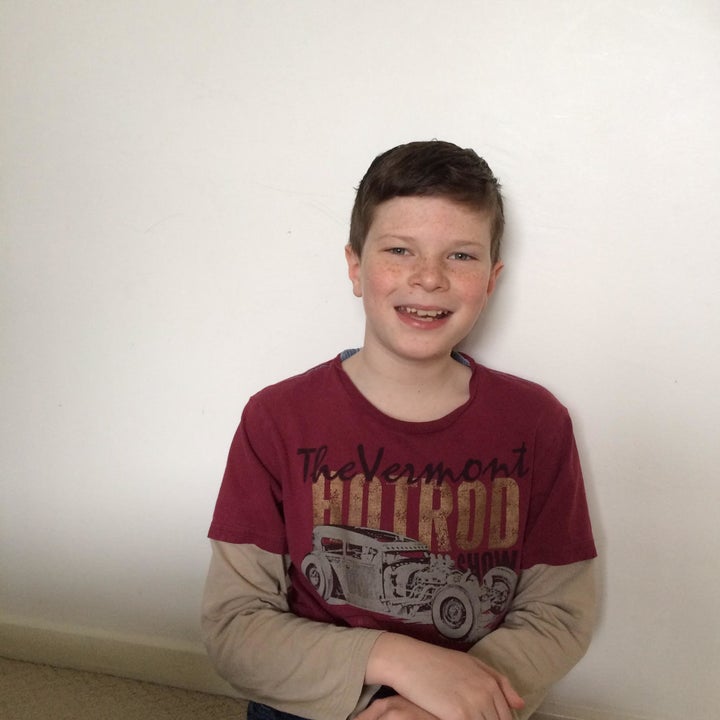
Initially developed by Dr. Dan LeGoff, a clinical neuropsychologist in America, the practice is now delivered by therapists around the world.
Research into the benefits of LEGO-based therapy has been developed by Dr LeGoff and Gina Gomez de la Cuesta.
The pair released their first book in 2014 to shout about the benefits they've found the therapy can have for children with autism.
Gomez de la Cuesta studied the approach for her PhD at the Autism Research Centre, where she was taught by LeGoff. She was the first person to set up LEGO-based therapy groups in the UK.
"Children with autism have difficulties with social interaction, social communication and social imagination," she told HuffPost UK.
"In contrast, they may have very good visual-spatial skills, a good eye for detail and enjoy systematic problem solving.
"You can think of LEGO as a fairly systematic, predictable toy, that follows certain rules or constraints - though of course, within those constraints of how the bricks fit together, you can be as creative as you like."
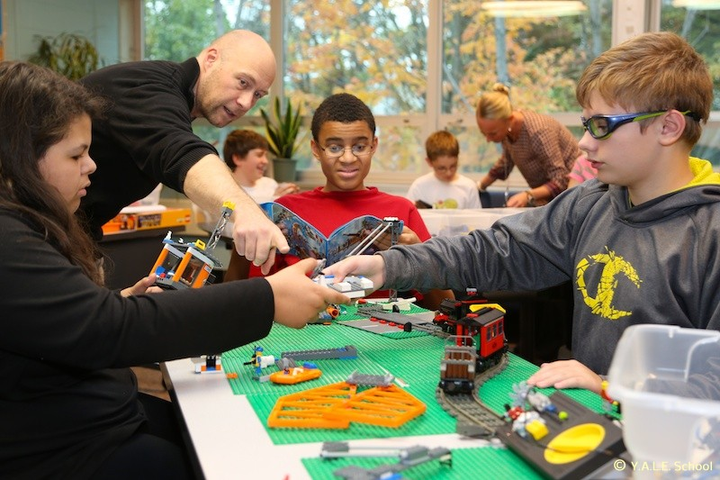
So what happens during LEGO-based therapy?
Children are signed up to an eight-week course, which will usually consist of a two-hour session per week.
Sessions begin with the children saying hello to each other and then working in groups of three to build creations.
Gomez de la Cuesta explained that children are assigned different responsibilities during the session.
“There is a big emphasis on the children making decisions about what gets built, who does which role and how long for,” she added.
One child will act as the “engineer” who describes the instructions, another will be the “supplier” who finds the bricks, and the third child in the group is the “builder” who puts the model together.
“Children take it in turns to play these different roles,” Gomez de la Cuesta said.
“By splitting up the task of building (something that children with autism enjoy doing), children have to work together, communicate, solve joint problems and practise many different social skills, (things that children with autism find very difficult).
“The trained adult activity leader works with the children to facilitate their social interactions.
"Their job is to highlight social problems to children as and when they arise and coach children to come up with their own solutions to social difficulties."
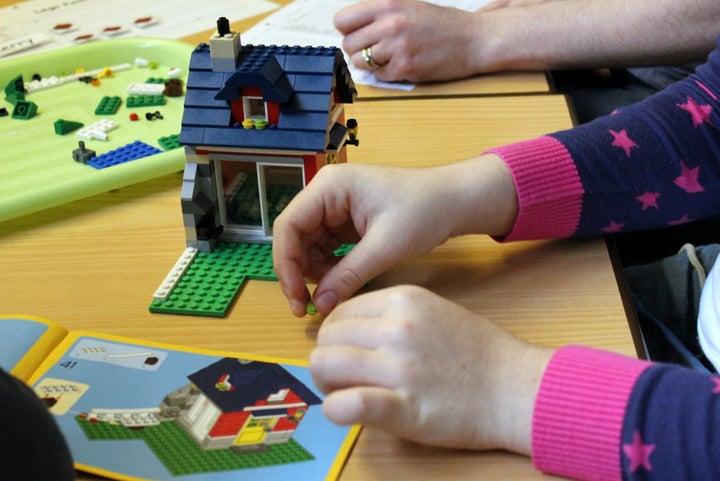
Gomez de la Cuesta said LEGO-based therapy is hugely beneficial in helping children learn how to build relationships with others.
“Natural opportunities for developing social competence are facilitated by the therapist,” she added.
"LEGO also has real social currency with peers. So children can talk to others outside of the groups and gain further experience of social interactions."
One of the main reasons this therapy is so effective is because playing with LEGO is familiar to most young children, the author explained.
Children who may not wish to attend a typical social skills group because they find it quite difficult and stressful, may feel much more confident and relaxed attending a LEGO group.
“Crucially, children are learning in a naturalistic setting - i.e. they are learning as they are playing with each other - and the social difficulties that arise as things happen in the group are dealt with and discussed as they happen,” Gomez de la Cuesta added.
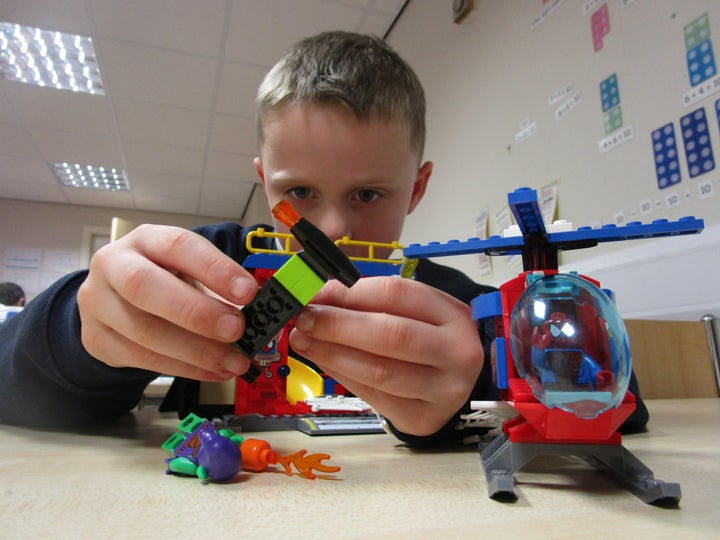
Gomez de la Cuesta said children with autism are often really good at building LEGO models, meaning the therapy can help to build their self esteem.
"They get genuine praise for something they have done, unlike at school where they may be underachieving and getting told off frequently," she added.
The fact that the children in the groups are also meeting others who are similar to themselves gives them a sense of “shared identity”.
This is something Richmond believes has boosted the confidence of her son Adam.
“We decided to go ahead with the LEGO-based therapy due to the fact that Adam has a fascination and interest with LEGO,” she explained.
“We wanted to help with his social skills and for him to meet other children on the spectrum, maybe make a friend.
“Adam attended eight therapy sessions on a course every Saturday and thoroughly enjoyed them from the start.
“During the workshops Adam and the groups of boys and girls worked hard at team work, sharing, taking turns and learning through such creative play how to communicate and using social skills on a different level.
“The groups built amazing scenes and we could see the compassion and commitment for LEGO-therapy each week.
“Attending these groups allowed him to be his own person and share a common interest with others.
"By doing so he was sharing and taking turns when appropriate, using his communications skills and socialising in a creative environment."
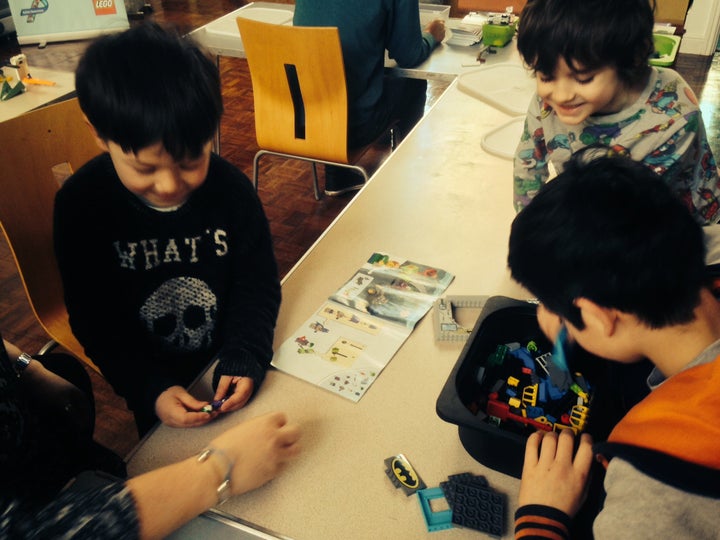
Richmond said the result of working in a group and completing a task was a huge achievement in many ways for Adam, enabling him to learn through play and receive genuine praise for his construction skills.
"Adam experiences positive and negative emotions on different levels when creating and playing usually, but with a completed task of a LEGO build, he is able to focus on his achievements in many ways," she added.
“LEGO-therapy has begun to benefit him in his day-to-day life.
“He is always thinking of his next creation and at home he takes apart his LEGO kit and uses his imagination to create something else and better."
Mum Nicola Brims said her 14-year-old son Zachary, who is on the autism spectrum, improved his self-confidence by attending the groups.
He joined an eight-week LEGO-based therapy course, with two-hour sessions each week.
"As the weeks progressed Zac became more willing to speak in the group," she said.
"He started off by not wanting to talk much at all and after a few weeks he could talk to his group much more effectively.
"Outside of the group it was really valuable for the family for Zac to have a social outlet and it seemed to make him generally happier and feel good about his achievements.
"He has been enthusiastic about LEGO for a number of years, therefore it seemed like an ideal opportunity for him to develop some self confidence and social skills using an activity that he is very keen on.
"Had the group not been LEGO-based I don't think I would have been able to persuade him to attend."
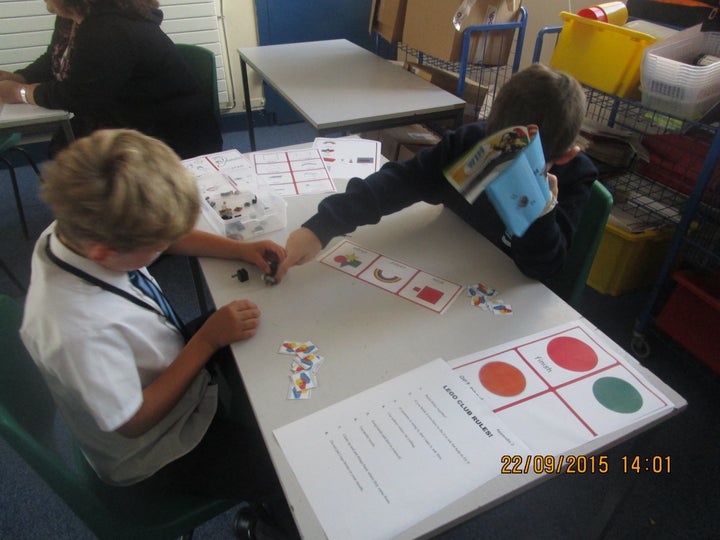
Camilla Nguyen, who runs LEGO-based therapy groups for children in Camden, London, said the groups are also effective in improving children's mental health.
As a LEGO enthusiast herself, she was intrigued by the idea of how it could help children with autism and ended up studying at the Autism Research Centre, taught by Gina Gomez de la Cuesta and Professor Simon Baron-Cohen.
Nguyen set up her LEGO-based therapy group as part of a mental health and emotional wellbeing service for children called CHUMS. Many of the children who joined experienced difficulties of low mood and anxiety.
"Many of the children who attended the group have been socially excluded because of their autism," she told HuffPost UK.
"A lot of them feel very different from typically developing children when they attend mainstream schools because they are isolated.
"The LEGO group, however, allowed the children and young people to feel part of an autism community and make new friends, as well as doing something that that they really enjoyed – building LEGO and being creative."
Nguyen said parents - and the children themselves - often approach her to discuss the positive impact they have noticed.
"One of the teenagers who attended the group came up to me on the very last day of the group session and told me that he got offered a job at his local Sainsbury’s," she said.
"This is a boy who described himself as having low self-esteem and being very anxious before every LEGO session.
"He felt attending the group gave him the extra boost of confidence needed to conquer the world.
"This was a proud moment, not only for him, but for me as well, as I felt I had made a positive impact in a young person’s life."
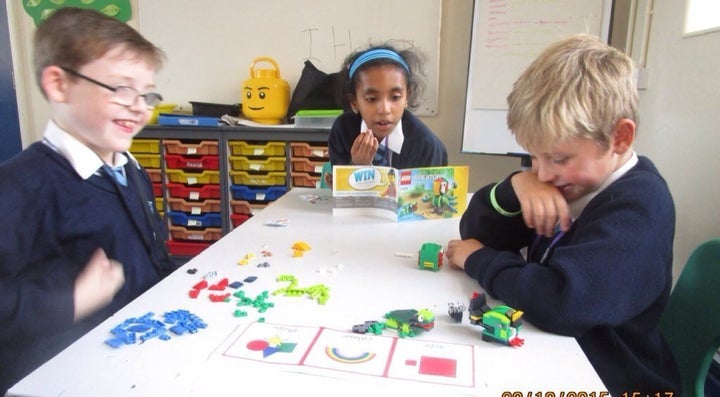
Gomez de la Cuesta said she was also struck by the positive impact attending LEGO-based therapy could have on a child's mental health.
"In my original groups for my PhD, I found that for a few children, LEGO-based therapy was the 'lightbulb moment' for the individual," she said.
"For example, one child progressed to playing in the school playground with other children, whereas previously he had stayed inside at play time with a teacher.
"Another mum said the LEGO group was the first club or group that her child had felt no stress about attending, which for her was remarkable."
Gomez de la Cuesta said although research into the therapy technique is currently still in its infancy, she believes it has the potential to help many children who experience social difficulties.
"There is increasing interest in using it for people who have social communication difficulties for other reasons (for example: a brain injury or social anxiety).
"The research so far has focused on children with higher functioning autism.
"The approach can also be adapted to lower functioning children, or to help children more with communication, and some talented speech and language therapists are working on this at the moment."
For more information on LEGO-based therapy, visit bricks-for-autism.co.uk.
For more information on ASC Inclusion, the community organisation dedicated to helping vulnerable children develop social skills, visit www.asc-inclusion.org.